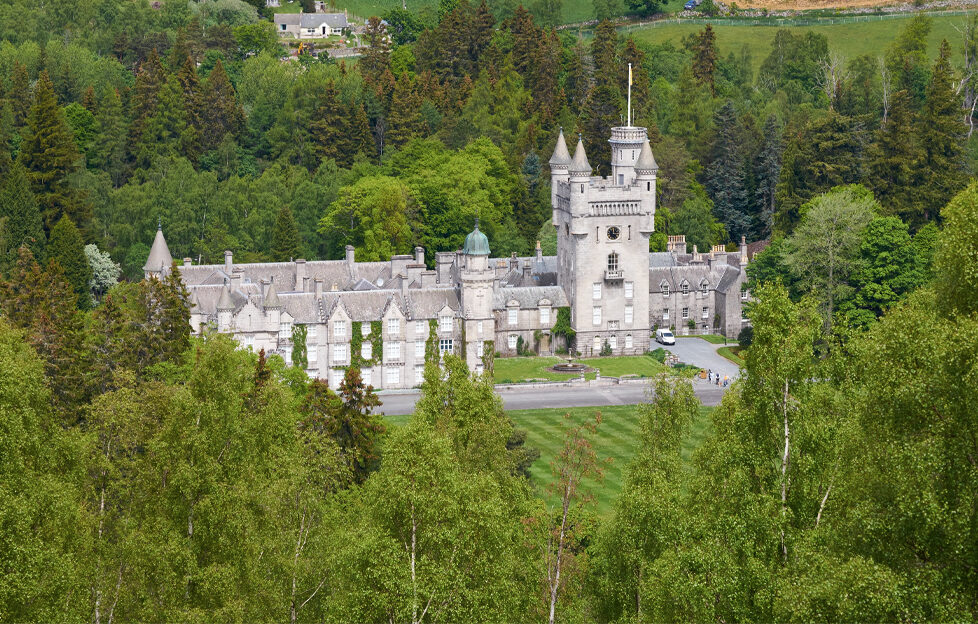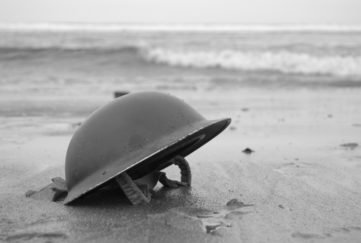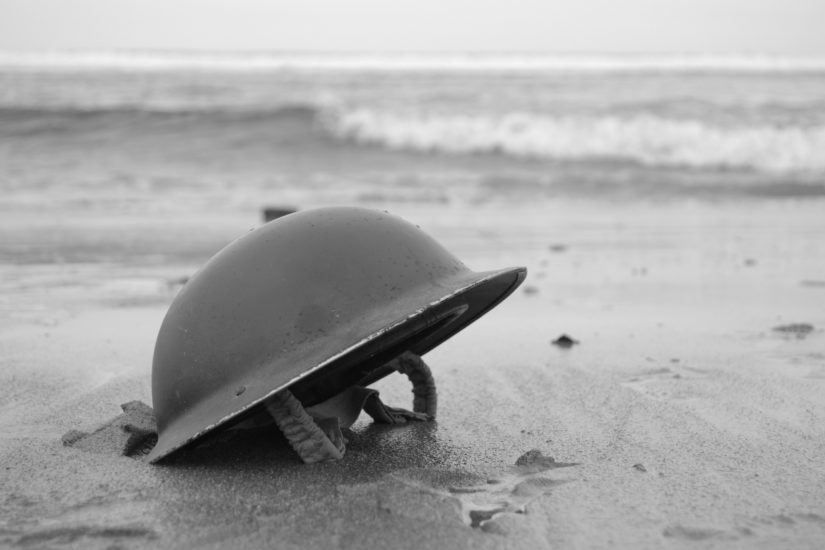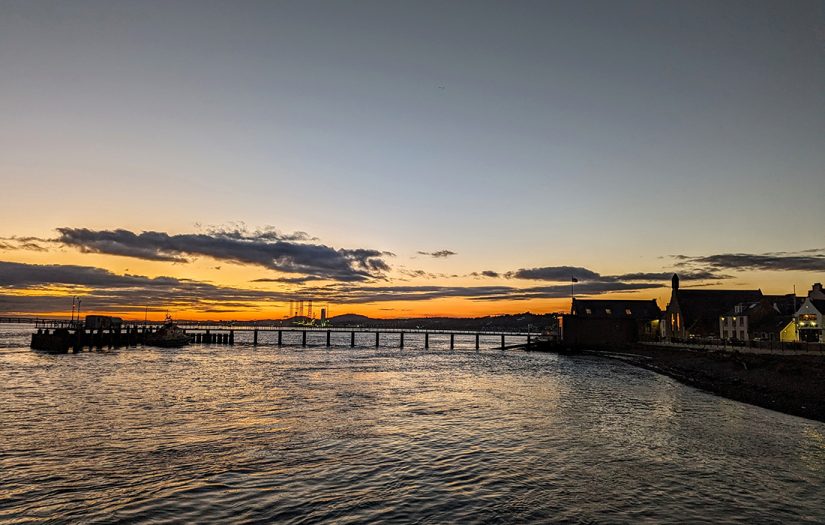Balmoral Estate: Her Ain Heiland Hame

Willie Shand gives us the history behind the royal connection to Balmoral Estate, and the wonderful walks surrounding it. This was first published in our Diamond Jubilee special.
The History Of Balmoral Estate
Do you believe in love at first sight? Well, from the moment Queen Victoria first set foot in Deeside, she just knew this was someplace special. The landscape, the people, the climate — everything was perfect.
She and Prince Albert had been on the hunt for some time for a summer residence in Scotland. Their earlier tours of the country had only served to strengthen their resolve to find somewhere in the Highlands.
As anyone who has toured the Highlands will know, the one thing you can’t predict, even in summer, is the weather. All it might have taken to persuade the Queen to opt for Ardverikie by Loch Laggan instead of Balmoral were a few sunny days. As it was, when she visited, in her own words, “the weather was most dreadful”.
Purely by chance, the son of her physician, Sir James Clark, had been staying that same spell as a guest of Sir Robert Gordon at his castle on Deeside, and happened to have had fine weather. How much the fortunes of Deeside were to be influenced by that seemingly trivial comment thrown into conversation.
When, just a year later, Sir Robert Gordon passed on, the Queen needed little persuasion to seize the opportunity and try to acquire the castle. On little more than the strength of her physician’s assertion that Deeside had one of the driest and healthiest climates in Scotland, and never even having seen the properly, the lease for Balmoral Estate was agreed. It was a decision the Queen and Prince Albert would never forget.
How excited they must have been to arrive at Balmoral and see it for the first time. She arrived at quarter to three in the afternoon of Sepetember 8, 1848. “Though the Queen was a stranger, she was in nae danger. They a’ wished her weel to her ain Heiland hame.”
They were anxious to explore their new home and so, after a late lunch, they set out to climb to the top of the wooded hill they could see from the window. The rolling hills reminded Prince Albert of his native Thuringia, and the Queen was so impressed with the views towards the mountain of Lochnagar that she was quick to assert that she was indeed “in the finest part of the Highlands”.
Realising how ideal the Balmoral Estate was for them, negotiations began to try to purchase it outright and, by 1852, the deal had been struck.
From the imposing iron gates, commissioned by King George V in 1925, a long tree-lined avenue leads up to the castle — surely one of the most easily identified castles in Britain.
This, however, is not the castle that Queen Victoria bought. The old castle was a bit on the wee side to accommodate all the ministers, servants and entourage that were essential to the running of the day-to-day affairs of the world’s greatest Empire, so Sir Robert’s castle was demolished in 1856.
The present castle of Balmoral was built using light-coloured granite from nearby Glen Gelder. Prince Albert took an active role in the design with his architect, William Smith, ensuring a well-planned interior set within a Scots Baronial-style exterior. The results was a castle perfectly tailored to their needs. When Queen Victoria laid the foundation stone, a time capsule was buried, containing a signed parchment along with a set of coins.
Little did the Queen’s ministers realise that they’d soon have to spend almost a third of their year here as the Queen’s love for Deeside grew with each visit. This was her “Dear Paradise”.
They dry air was particularly suited to the Prince’s rheumatism. However, not even the healthiest climate in Scotland was able to prevent the untimely death of Prince Albert at the age of only forty-two. At Windsor he had contracted typhoid.
The Queen was left heartbroken. In his memory she erected a fine bronze statue of him standing with his gun and retriever. It looks across part of the present golf course to an equally imposing statue of the Queen herself in full regalia with crown, orb and sceptre.
Beyond the wide green lawns in front of the castle you’ll find the Queen Mary Garden. Its granite fountain makes an excellent foreground to a picture of the south facade. The granite centre piece is actually an old bollard from Aberdeen Harbour! From the castle’s “Big Tower”, the Royal Standard is raised with HM the Queen is in residence.
Close to the gardens is the Gardener’s Cottage where, on occasion, Queen Victoria would take breakfast and fin da peaceful moment to write her diaries. Inscribed on the pane of the Jubilee conservatory are the words, One is nearer God’s heart in a garden than anywhere else on earth.
Walks Around Balmoral Estate
The gardens around the castle are designed to look their best between August and October to coincide with the royal family’s visit. And this is easier said than done, considering we are at almost 1000 feet above sea level and damaging frosts can be experienced in any month of the year.
Queen Victoria loved getting out for a walk and with over 50,000 acres on the estate, there was plenty scope. As she wrote, “I seldom walk less than four hours a day and when I come in I feel as if I want to go out again.” What could be more pleasant than a stroll along the riverside path beside the clear rushing waters of the Dee?
A more energetic walk, but one that brings great rewards, leads us up the wooded slopes of Craig Gowan. The hill rises steeply behind the Queen Mary Garden. There are several colour-coded way marked tracks to follow and, with an hour and a half to spare, the Three Carins Walk (blue indicators) is one not to miss.
The steep start soon levels off. Within clearings in the trees, masses of white and purple foxgloves make a colourful picture. In 10 to 15 minutes we reach a bronze statue of Queen Victoria’s ghillie, John Brown. After the death of Albert, the Queen came to rely more and more upon Joh and, as the inscription reads, Friend more than Servant. Loyal. Truthful. Self less than Duty even to the Grave. You can visit John Brown’s grave in the old kirkyard below Crathie.
John’s statue probably looked out on a lovely view when erected by now, with the trees more mature, poor John doesn’t see much at all other than the occasional passer by.
The track is well defined and wends on through the woods, climbing again with the odd glimpse south to Prince Albert’s Cairn on Creag Lurachain. An old footbridge that has clearly seen better days crosses a deep-cut stream. For those less confident of the bridge’s structural ability, there’s a short detour!
Earlier rain has left the track muddy in bits. It’s certainly not a walk for high heels or flip flops. One group, the only others I met on the whole walk, had the right idea. They were on a trek with the Balmoral ponies.
A stone cairn to Princess Louise crowns a rise above the track. Princess Louise was Queen Victoria’s fourth daughter and if you visit Crathie Kirk, you’ll see marble stones set into the pulpit which were collected by here from the shores of Iona. The distant purple and green hills rising across the valley are so typical of Deeside.
The second cairn we come to is known as the Purchase Cairn. The views from here are even better — especially to the east, looking down over Crathie.
Just as its name might suggest, this cairn was erected to celebrate the purchase of Balmoral and was built in 1852. It must have been a great and joyful occasion with no shortage of hands to help build it. They even had the bagpipes playing and enjoyed dancing and reeling while the Queen, Albert and the royal family, along with their household and guests, built the stones. And, once it had reached its apex, Prince Albert scrambled to the top and placed the final stone.
Looking around today, it’s hard not to agree with the Queen when she wrote, “The scenery all around is the finest almost I have seen anywhere.”
Apparently, this was an opinion shared by Dundee’s very own William McGonagall.
“We lovers of the picturesque away and see Beautiful Balmoral, near by the River Dee.”
Having drawn together a book of his poems, William actually walked all the way from Dundee to Balmoral in hopes of presenting his collection to Her Majesty. Unfortunately, his reputation preceded him and he didn’t make it past the gates!
From the Purchase Cairn the track descends through woods to rejoin the upward route, but not before passing Prince Leopold’s Cairn. Of all the viewpoints for Balmoral Castle, this is undoubtedly the finest.
Behind it, beyond the Dee, rain showers sweep in again from the distant Grampians. Sunshine and showers — Scotland at its best, eh!
Read more about “The People’s Friend” tributes to the Queen.










